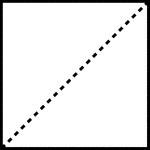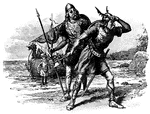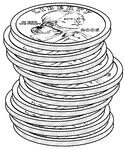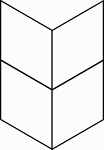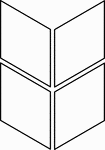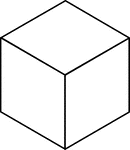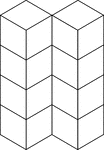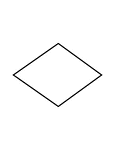Search for "rhombus/1000"
Pons Cestius
"A bridge. As the rivers of Greece were small, and the use of the arch known to them only to a limited…

Pons Aelius
"A bridge. As the rivers of Greece were small, and the use of the arch known to them only to a limited…
Pons Ariminum
"A bridge. As the rivers of Greece were small, and the use of the arch known to them only to a limited…
Pons Trajan
"A bridge. As the rivers of Greece were small, and the use of the arch known to them only to a limited…
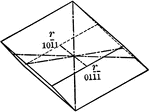
Positive rhombohedron
"The rhombohedron is a form consists of six rhombic-shaped faces, which correspond in their position…
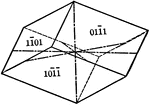
Negative rhombohedron
"The rhombohedron is a form consists of six rhombic-shaped faces, which correspond in their position…
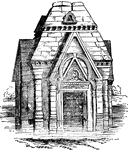
Temple, Pandrethan
"A temple built about 1000 A.D. It is unique because of its Gothic gablets and trefoil arches." —…
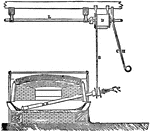
Dormoy's Rabble
"Dormoy's rabble differs from others of this class in being worked by rotation like a hair-brushing…

Dormoy's Rabble
"Dormoy's rabble differs from others of this class in being worked by rotation like a hair-brushing…
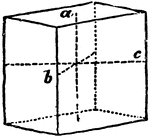
Primitive Crystal
"When the base is a rhombus, and the prism stands erect, the form is a right rhombic prism." —The…
!["Bounded by twelve rhomb-shaped faces parallel to the six dodecahedral planes of symetry. the angles between the normals to adjacent faces are 60 degrees...[and] 90 degrees; the indices are {110}" -The Encyclopedia Britannica 1910](https://etc.usf.edu/clipart/35500/35528/rhom_35528_mth.gif)
Rhombic Dodecahedron
"Bounded by twelve rhomb-shaped faces parallel to the six dodecahedral planes of symetry. the angles…

Combination of Rhombic Dodecahedron and Octahedron
"...shows the rhombic dodecahedron in combination with the octahedron." -The Encyclopedia Britannica…
Quadrilaterals With Lines Joining Midpoints
Illustrations to show quadrilaterals with lines joining the midpoints of the sides of any quadrilateral,…

Trapezoids With Lines Joining Midpoints
Illustrations to show trapezoids with lines joining the midpoints of the sides of any quadrilateral,…
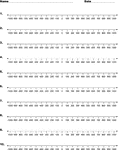
Number Line, -1000 to 1000 by 100s
Worksheet with multiple number lines for classroom mathematics activities.

Rhombus Circumscribed About an Ellipse
Illustration of a rhombus circumscribed about an ellipse. This could also be described as an ellipse…
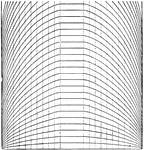
Wave Progress
The figure "represents the progress of a wave up a broad depression or valley 40 miles wide at the bottom…
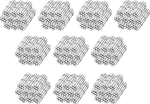
1000 Sticks
An illustration of a bundle of 1,000 sticks bundled in hundreds that can be used when teaching counting,…
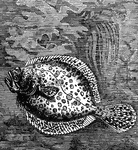
The Turbot (Rhombus Maximus)
"The Turbot resembles a rhomb in its general form; whence its name of rhombus."
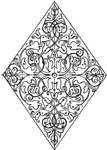
Door Lozenge Panel
The door lozenge panel is a rhombus shape. It is a 17th century design found in the Nordlingen church…
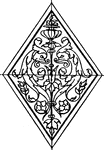
Modern Lozenge Panel
The modern lozenge panel is found in a decorative painting. It is a rhombus shape design.

Modern Lozenge Panel
The modern lozenge panel is found in a decorative painting. It is a rhombus shape design.

Rhombus
Tangrams, invented by the Chinese, are used to develop geometric thinking and spatial sense. Seven figures…

Rhombus
Tangrams, invented by the Chinese, are used to develop geometric thinking and spatial sense. Seven figures…

Rhombus
Tangrams, invented by the Chinese, are used to develop geometric thinking and spatial sense. Seven figures…

Rhombus
Tangrams, invented by the Chinese, are used to develop geometric thinking and spatial sense. Seven figures…
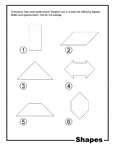
Shapes Outline Tangram Card
Outlines of shapes (rectangle, parallelogram, isosceles triangle, double arrow, rhombus, hexagon) made…
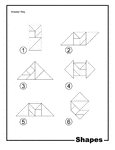
Shapes Outline Solution Tangram Card
Solutions for outlines of shapes (rectangle, parallelogram, isosceles triangle, double arrow, rhombus,…
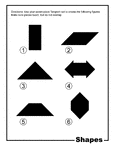
Shapes Silhouette Tangram Card
Silhouette outlines of shapes (rectangle, parallelogram, isosceles triangle, double arrow, rhombus,…
![This is a plan of the church of San Ambrogio, Italy. This is an example of Italian Lombard Romanesque architecture. This church represents the "earliest [example] of the solution of the great problem which was exercising the minds of the church builders towards the end of the 11th century, the vaulting of the nave." The scale is in feet.](https://etc.usf.edu/clipart/73400/73427/73427_ambrogio_mth.gif)
Plan of San Ambrogio, 1000–1200
This is a plan of the church of San Ambrogio, Italy. This is an example of Italian Lombard Romanesque…
![This is a plan of the San Michele, Pavia, Italy. This is an example of Italian Lombard Romanesque architecture. This church represents the "earliest [example] of the solution of the great problem which was exercising the minds of the church builders towards the end of the 11th century, the vaulting of the nave." The scale is in feet.](https://etc.usf.edu/clipart/73400/73428/73428_michele_mth.gif)
Plan of San Michele, Pavia, 1000–1200
This is a plan of the San Michele, Pavia, Italy. This is an example of Italian Lombard Romanesque architecture.…
![This is a plan of the Cathedral at Würms, Germany. It is an example of Romanesque and Gothic architecture in Germany. The scale is in feet. Construction was started in AD 1000 and continued until 1025. In Germany and Italy up until this point in architecture open timber roofing or flat ceilings were being used, however this problem was "solved in Germany, as well as in Italy, [with the] vaulting over the nave, and the cathedrals of Spires, Worms and Mainz are the three most important churches in which this was accomplished,"](https://etc.usf.edu/clipart/73400/73436/73436_worms_mth.gif)
Plan of Cathedral at Worms, AD 1000–1025
This is a plan of the Cathedral at Würms, Germany. It is an example of Romanesque and Gothic architecture…
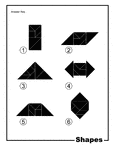
Shapes Silhouette Solution Tangram Card
Solutions for silhouette outlines of shapes (rectangle, parallelogram, isosceles triangle, double arrow,…

Mailing Envelope
A common packaging item, usually made of flat material such as paper or cardboard. It is designed to…

A Viking Ship
"It was the custom of Northmen to bury their dead sea king near the sea in his ship and over the spot…

Nectar Cells
Pictured are nectar cells magnified 1000 diameters. The nectariferous nucleus is also pictured.

An English King from the 9th or 10th Century, Possibly King Alfred
Illustration of an English king between AD 800 and 1000. The king is very likely King Alfred who reigned…
